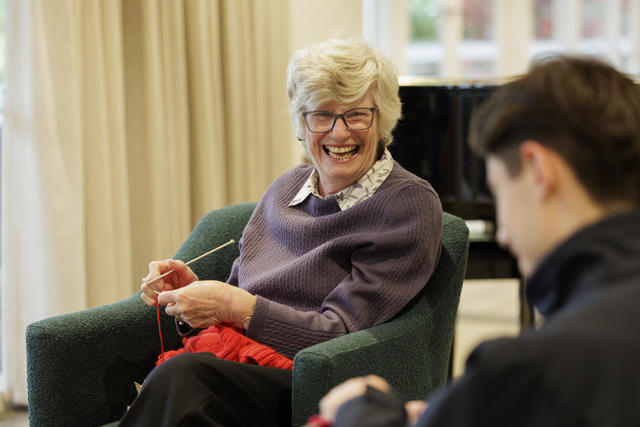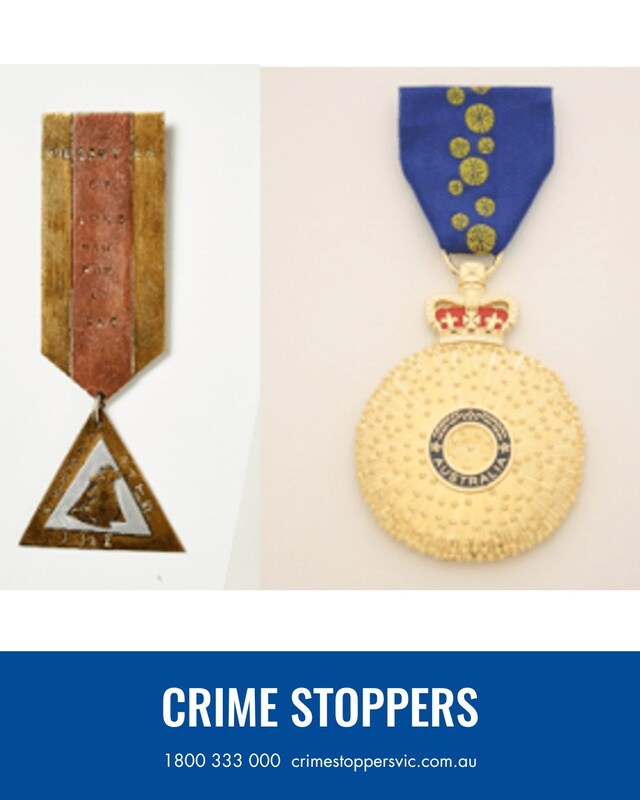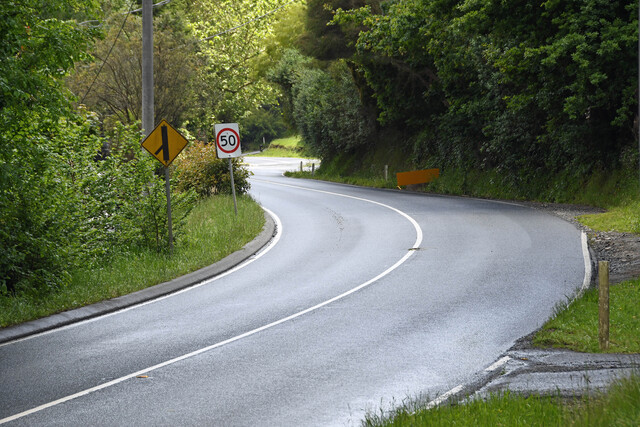By Kath Gannaway
EVEN the greenest of green thumbs – those who can stick a cricket stump in the ground and end up with a willow tree – tend to shy away from propagating native plants.
It’s one aspect of gardening, which has a reputation of being just too difficult.
But, as a group of aspiring native gardeners at Healesville found recently, like anything else, with good information and the right ingredients backed by enthusiasm and patience, anything is possible.
A native plant propagation workshop organised by Healesville Environment Watch Inc (HEWI) last year was aimed at promoting environmentally sustainable gardening.
The workshop was taken by Steels Creek botanist Malcolm Calder and wife Jane, a keen gardener with years of experience, and HEWI members Maureen Bond and Coral Jeffs.
As with exotics, there are three ways the home gardener can, without resorting to a science laboratory, propagate natives – from seeds, division (as with grasses) and from vegetative cuttings generally using a rooting hormone to help get things started.
The course covered seed gathering, identifying, storing and preparation, germination and when to sow them, taking ‘heel’ cuttings, soil mixes for the different phases of development, pricking out seedlings and labelling.
A hands-on workshop is a great way to learn about propagating natives, but there are also some excellent books available in the shops and from libraries which cover the topic very well.
The following tips from the tutors will help boost the success rate of intrepid gardeners working their way from novice to native green thumb.
• A 50/50 mix of honey and water is a handy substitute for hormone mix.
• Never dip cuttings straight into liquid hormone mix.
• Acclimatise potted plants to the location and sort of conditions they will be planted into.
• Store seeds in paper bags or old envelopes but never in plastic as the seeds can sweat and rot.
• Make sure mice can’t get to your seed bags.
• Keep records of where and when seed was collected, when it was stored and when it was sown.
• Sow seed in early spring or autumn.
• When labelling use a 6B pencil for stayability.
• Mark labels with common and scientific plant names and date planted.
• Plant more seeds or cuttings than you need. If your strike rate is good, you can give some plants away.
Local councils can provide details of plants that are indigenous to particular areas of their shire.
Book prize
Mail Home & Garden has a copy of “Australian Native Plants” to give away.
The 696-page book by J. W. Wrigley and M. Fagg, includes sections on propagation, plant management, fertilisers, pests and diseases, landscaping and selection with information on more than 3500 plans and recommended planting zones.
The original price was $79.95 but Lifetime Books has a limited number of books available for $16. Phone 0414 252 513.
To be in the draw for a copy of the book write your name, address and phone number on the back of an envelope, tell us three ways to propagate native plants, and send to Mail Home & Garden Book Prize, PO Box 470, Healesville. 3777. Entries close on 27 March.







